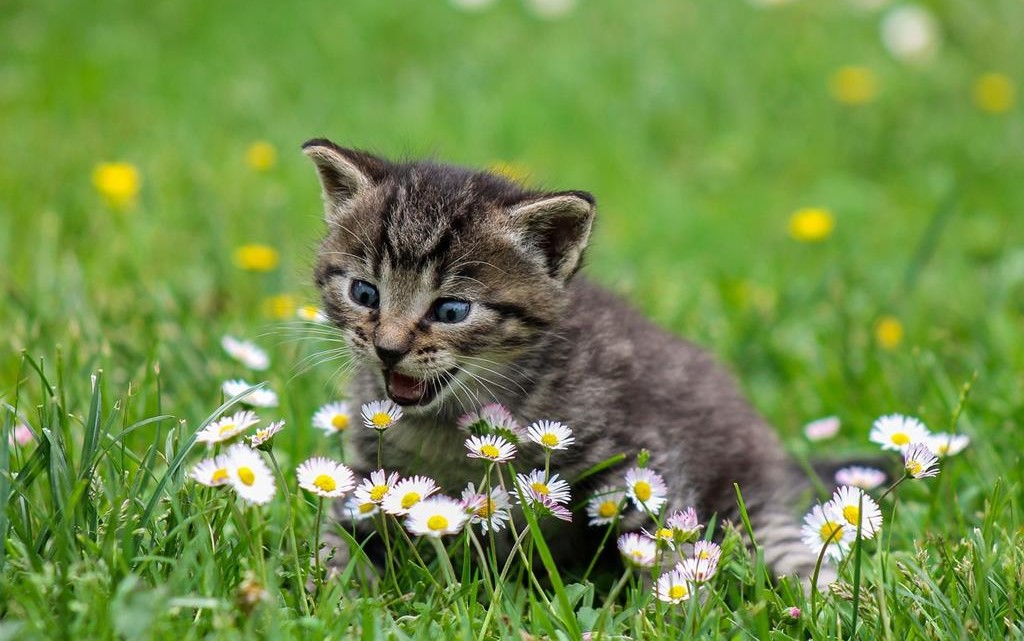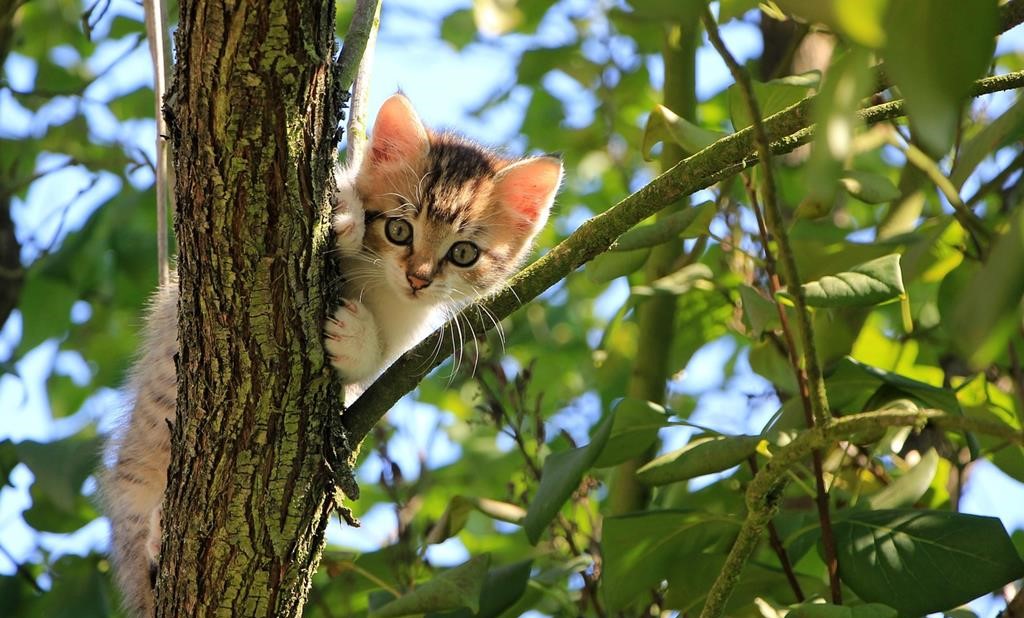Cats, with their enigmatic nature, often wander through our lives, sparking curiosity and compassion. When encountering a cat outside your home, a common question arises: Is this cat a stray or owned? Distinguishing between these two categories is essential for providing the appropriate care and support. In this article, we’ll explore the key indicators that can help you differentiate between stray and owned cats.
Physical Condition:
- Appearance: Stray cats may appear disheveled, with matted fur, visible injuries, and a generally unkempt appearance. In contrast, owned cats tend to have groomed coats and a healthier overall appearance.
- Weight: A stray cat might appear underweight due to a lack of consistent access to food. On the other hand, owned cats are more likely to maintain a healthy weight.
- Collar and Identification: An owned cat may wear a collar with identification tags or a microchip, which suggests that someone is taking responsibility for its care.
Behavioral Cues:
- Socialization: An owned cat is more likely to display social behavior, approaching humans with curiosity or familiarity. Stray cats, especially those not accustomed to human interaction, might be more skittish or cautious.
- Response to Humans: An owned cat might respond to its name or approach you when called. Stray cats, especially feral ones, are more likely to keep their distance and avoid direct contact.
- Hunting Behavior: Stray cats often exhibit more prominent hunting instincts, as they rely on their survival skills to find food. This behavior might include stalking prey or scavenging for sustenance.

Environmental Context:
- Location: Stray cats are often found in areas with limited shelter and resources, such as alleys, abandoned buildings, or open fields. An owned cat may appear in residential neighborhoods, indicating that it might have a home nearby.
- Consistency: If you frequently see the same cat in your neighborhood over a prolonged period, it’s more likely to be a stray. An owned cat might have a specific routine and territory closer to its home.
Reproductive Status:
- Spaying and Neutering: An owned cat is more likely to be spayed or neutered, especially if it’s a responsible owner. Stray cats, especially unaltered ones, might exhibit mating behaviors and might have kittens in the vicinity.
Interacting Responsibly:
While the indicators mentioned above can help you distinguish between stray and owned cats, it’s important to approach any cat with care and compassion. If you encounter a cat you suspect is a stray, consider the following actions:
- Observe from a Distance: Approach cautiously and observe the cat’s behavior from a distance to gauge its comfort level with human presence.
- Provide Food and Water: If the cat appears hungry or thirsty, you can leave out food and water. However, avoid feeding too much to prevent dependency.
- Contact Animal Welfare Organizations: If you believe the cat is stray or in need, contact local animal shelters or rescue organizations for guidance. They can help with trapping, neutering, and finding suitable homes.
- TNR Programs: If you encounter a stray cat within a feral colony, consider supporting Trap-Neuter-Return (TNR) programs that aim to manage feral cat populations humanely.
Conclusion
In conclusion, distinguishing between stray and owned cats requires careful observation of their physical condition, behavior, and context. Remember that responsible actions are vital, whether it’s providing temporary care, seeking help from animal welfare organizations, or supporting initiatives that improve the lives of stray and feral cats. By understanding these distinctions, you can contribute to the well-being of cats in your community and make informed decisions about how to best interact with them.



